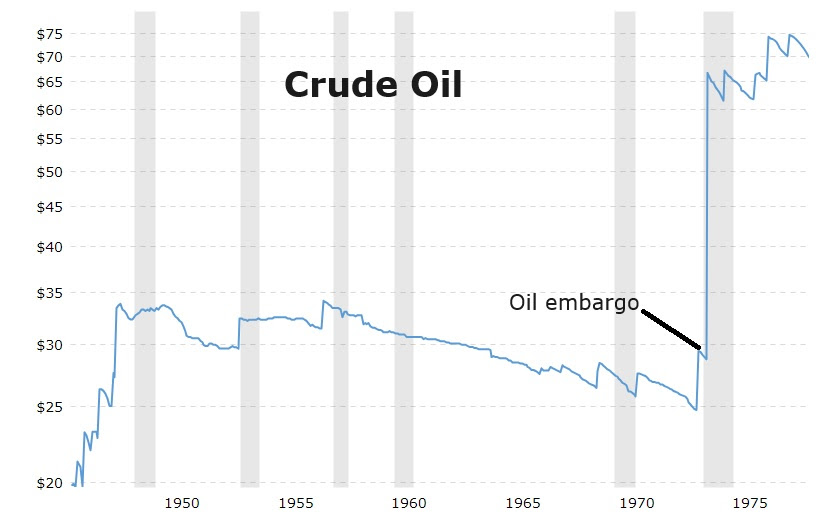We had some form intervention in the yen yesterday, following hotter than expected job openings data, as global yields and the dollar pushed higher.
As we've discussed here in my daily notes, the recent history of stress events in markets have been resolved with some form of intervention (which has become commonplace in the post Fed QE era of the past 15 years).
Today, the interest rate market got some relief on softer job growth data (from ADP). That sets up for a softer jobs report on Friday, which would be another data point to keep the Fed hawks at bay.
With that, stocks had a good day.
Add to this, the shake-up on Capitol Hill (ousting the Speaker of the House) may be a catalyst for change in the market environment.
We came into the year expecting 1) the rate-of-change in monetary policy tightening to slow dramatically this year (it has), and 2) the rate-of-change in the fiscal policy madness to be zero (if not reversed), with a split Congress.
We expected gridlock, if not a disruption of the policy path and forced fiscal sanity. That "swing of the pendulum" is what has historically been a positive catalyst for stocks, coming out of midterm elections.
We are eleven months out from the midterm election and, indeed, stocks are up (up 12% since November 8, 2021).
But regarding "fiscal sanity," resulting from a split Congress, it hasn't happened.
Instead, the debt ceiling standoff resulted in a deal, early this past summer, that pushed out debt limit decisions to 2025, giving the Treasury license to issue unlimited debt for the next two years (through the end of the Biden first term). And the Republican-led Congress is now on a short deadline to approve the biggest deficit spending budget in the history of the country (aside from the Covid years), in order to avoid a government shutdown.
But now we have change in the House.
We will see if it brings action against the excesses of the past two years (from the aligned government).
Now, let's revisit the discussion we had on stocks last week.
We looked at the analogue of September 2021.
It was a bad month. It was driven by concerns over a government shutdown, trouble in the Chinese property market, AND a Fed that had finally turned hawkish.
Similarly, all of those conditions weighed on stocks in this past month of September (in the current case, including a Fed that maintained hawkish rhetoric). And stocks were down almost 5%.
A bad September in 2021 was followed by a big Q4 (up 12%).
Moreover, the same can be said for 2020 and 2022. Stocks were down almost 4% in September of 2020 and gained almost 12% in the fourth quarter. Stocks were down over 9% in September 2022 and gained 8% in the fourth quarter.
Add to all of this, we talked about the likelihood of seeing a 10% correction in stocks, in a given calendar year, based on the history of the past eighty years. It's very likely. We came just shy of it following the March banking system shock.
This time, the 200-day moving average comes in at a 9% decline (from the July highs). We traded just shy of that level this morning.
 PS: If you know someone that might like to receive my daily notes, they can sign up by clicking below …
PS: If you know someone that might like to receive my daily notes, they can sign up by clicking below …



















